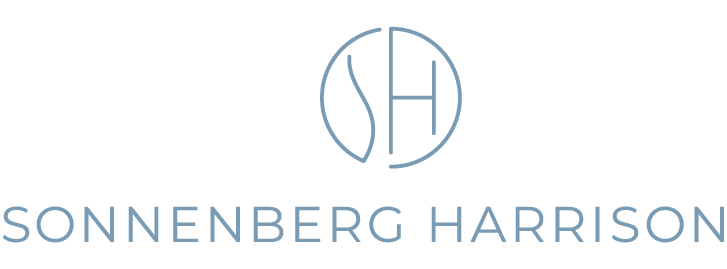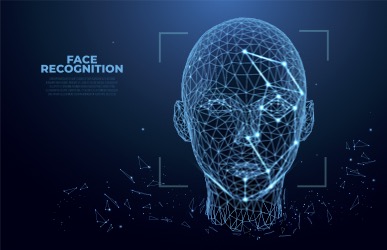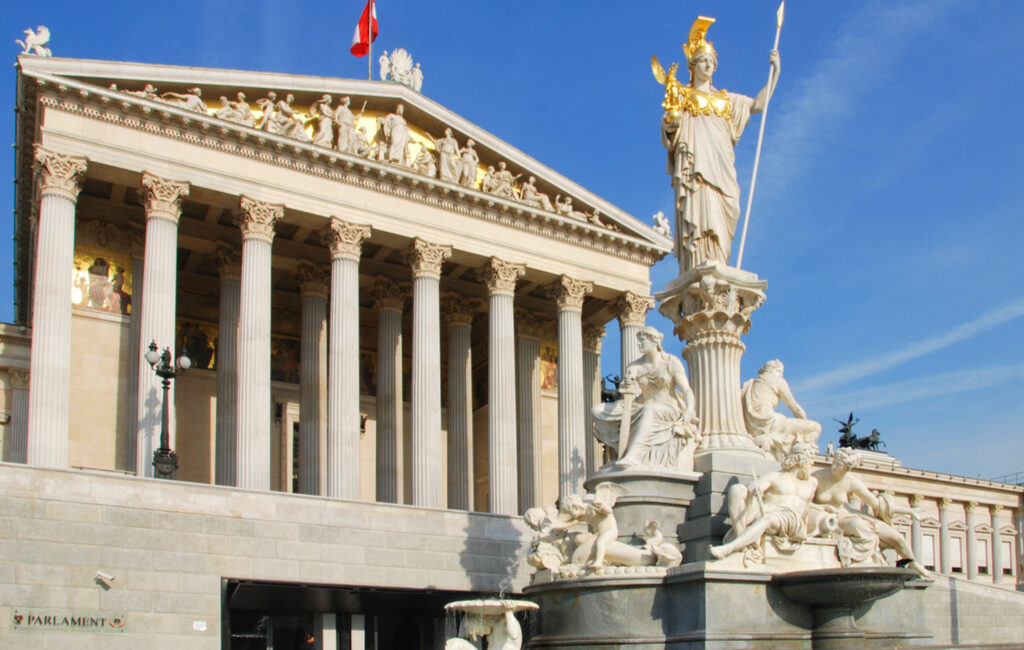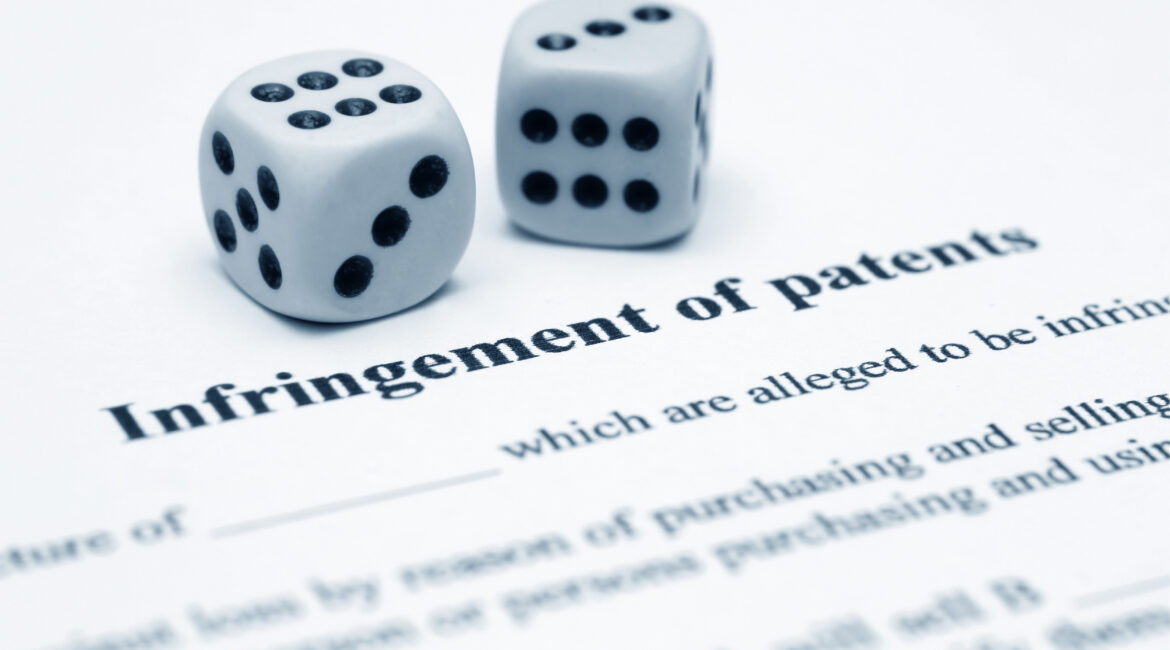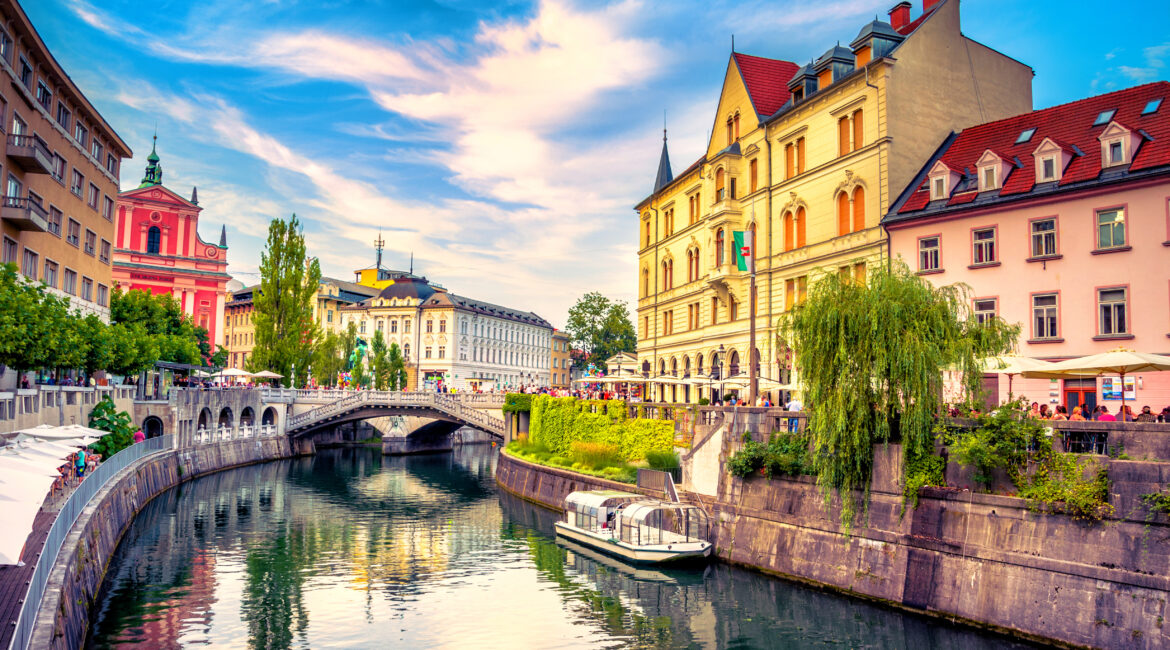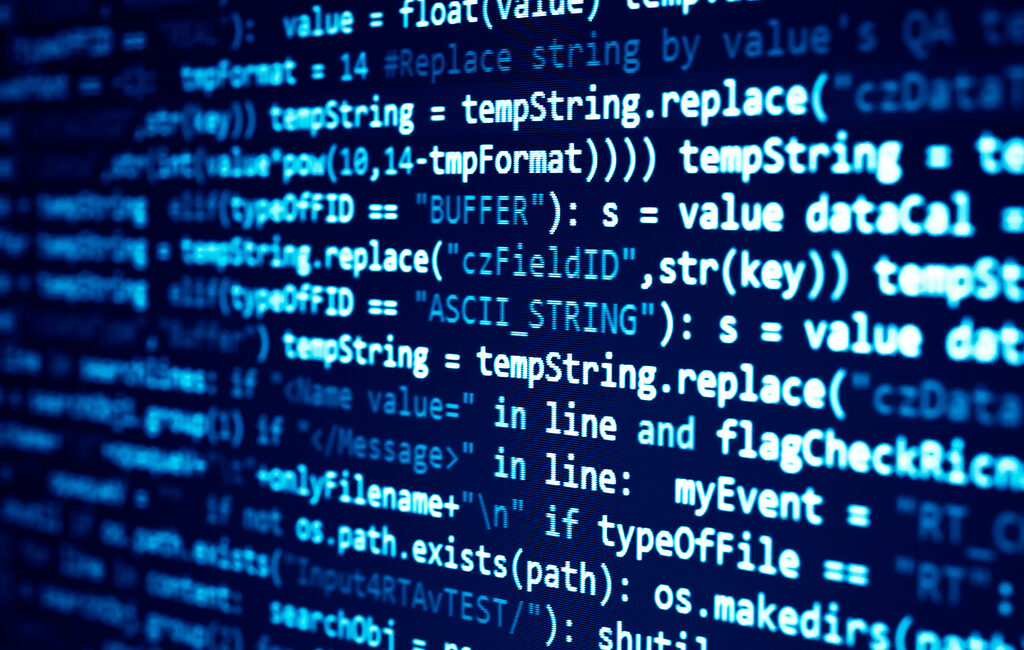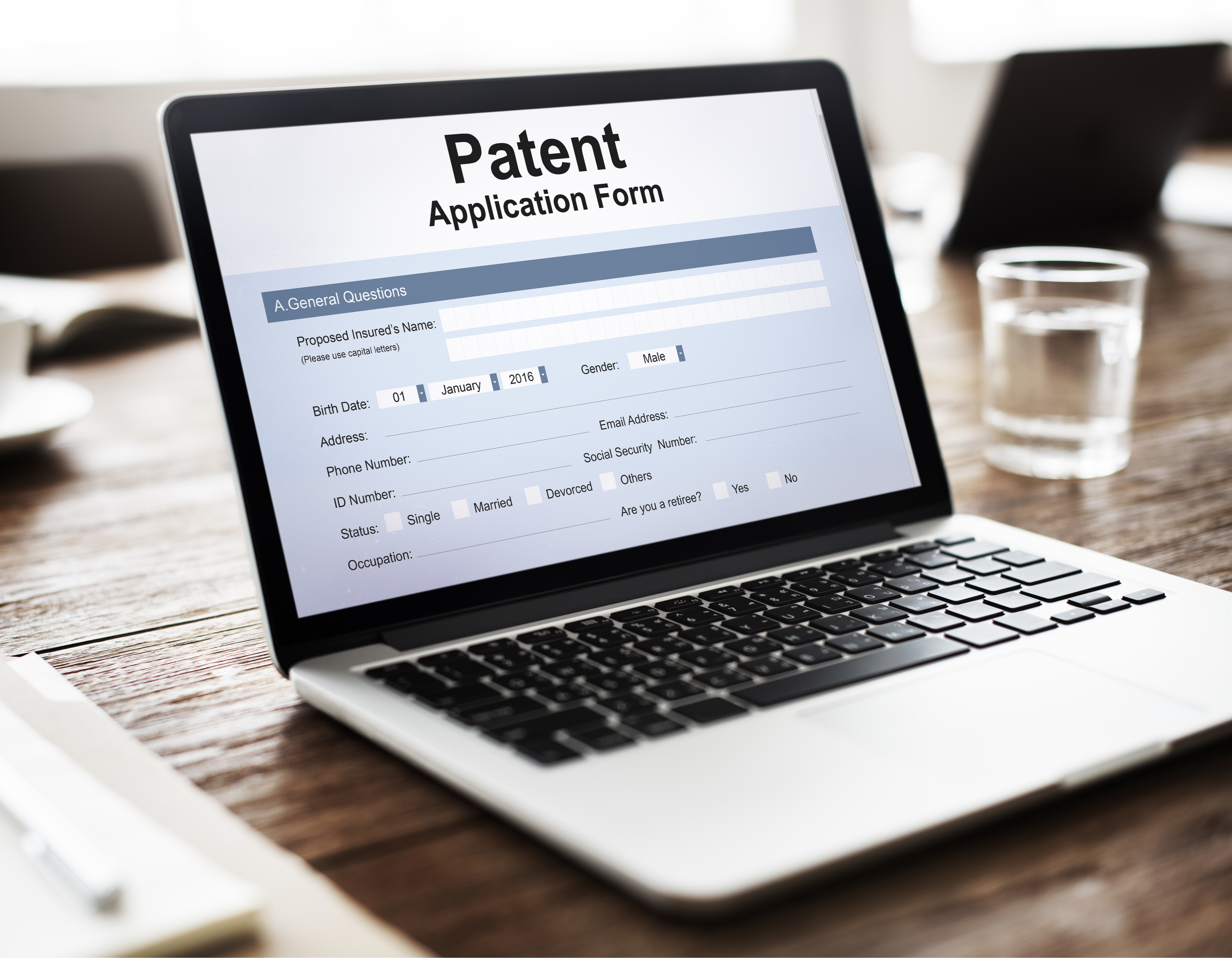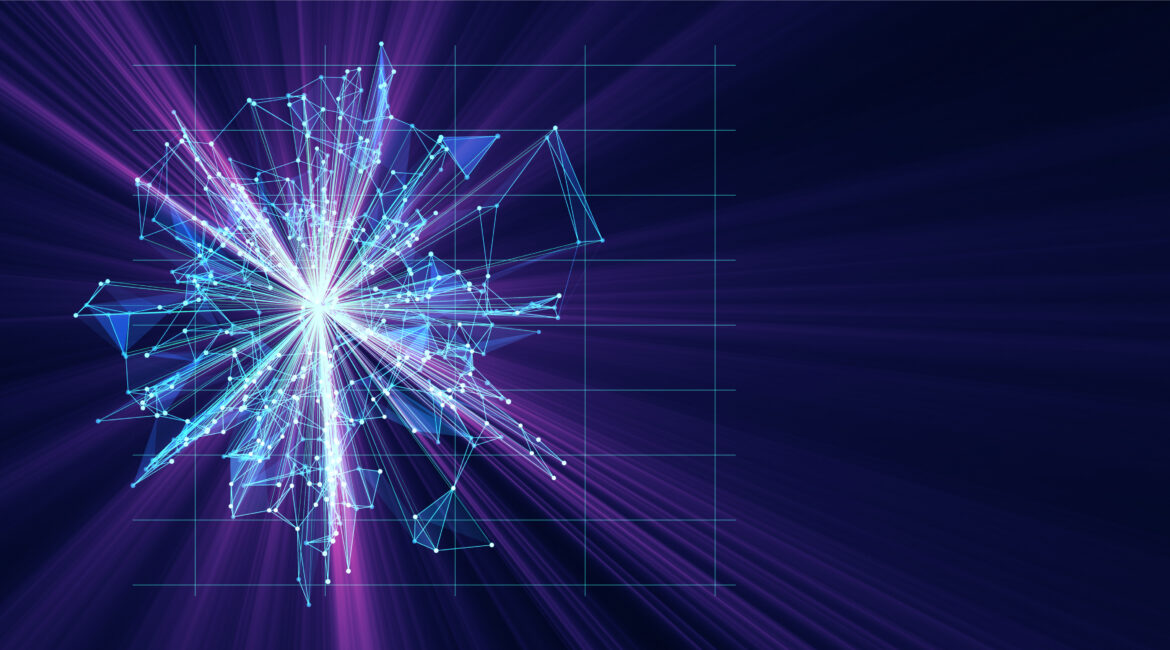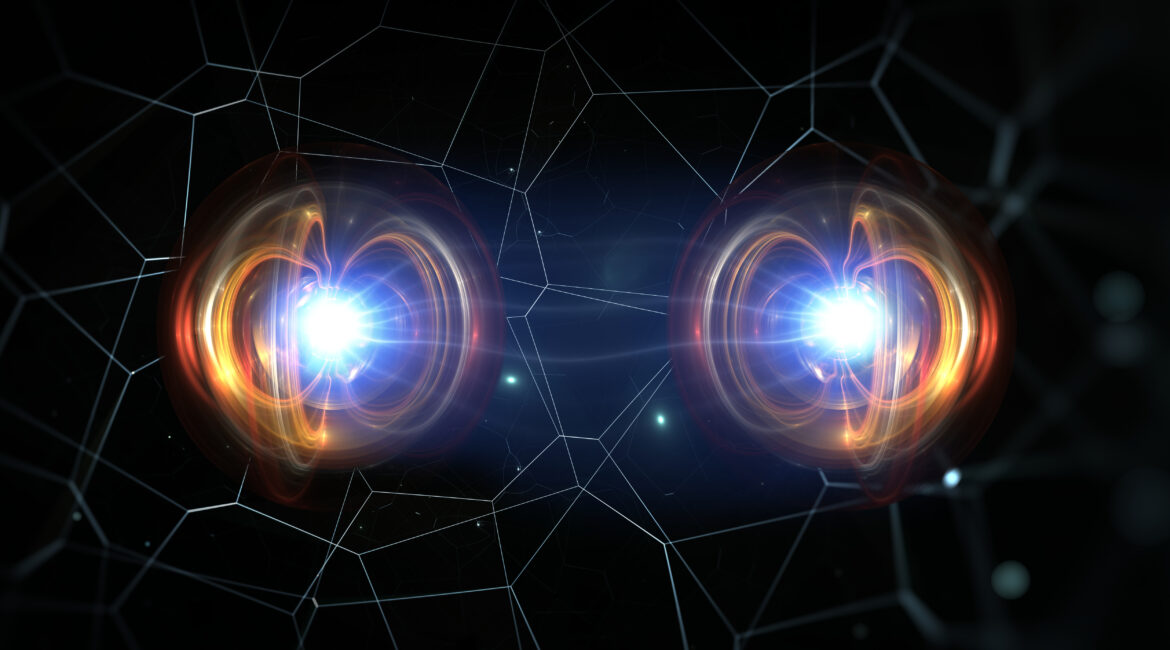In 2019, the US Patent and Trademark Office drafted detailed guidance for the patent software invention. The 2019 Revised Patent Subject Matter Eligibility Guidance included one example (no 39) which was directed towards a method for training a neural network for facial detection. The example was very simple - the...
Austria approves ratification of Unified Patent Court
The Austrian Bundesrat (the upper legislative chamber in the Austrian Parliament) did not object on 2 December to the decision of the Nationalrat (lower Chamber of the Austrian Parliament) regarding the Protocol to the Agreement on a Unified Patent Court on Provisional Application (PPA). As reported earlier, the Nationalrat has already decided in favour of the ratification...
Austria takes next steps toward Unified Patent Court
Austria has taken the next steps towards the start of the Unified Patent Court by the approval by the Nationalrat (National Council - i.e., the lower house of parliament) on 19 November 2021 the Protocol on Provisional Application of the Unified Patent Court. This follows the recent ratification by Germany...
Unified Patent Court Agreement – withdrawal of the UK
As is known, the United Kingdom withdrew from the European Union on 31 January 2020. One of the unresolved questions was the effect that this withdrawal would have on the so-called Unified Patent Court which is being set up as a litigation forum for Unified European Patents, covering most countries...
Artificial Intelligence as an inventor – the German decision
Last Thursday (11 November) the German Federal Patent Court decided that an artificial intelligence system could not be listed as an inventor, but that a German Patent Application needed to name a person as the inventor, but could add that the conception of the invention was aided by an artificial...
Slovenia ratifies EU Unified Patent Agreement
The single EU "Unitary patent" took a further step to being established on 15 October when Slovenia became the latest country to deposit the so-called "instrument of ratification" for the Protocol on the Provisional Application of Unified Patent Court (UPC) Agreement (PAP-Protocol) and the UPC Agreement itself. This ratification brought...
Patenting Software Modules
One of the biggest challenges in writing patents for computer-implemented inventions (CII) or "software patents" is the level of disclosure that is required. A patent examiner can reject the patent application in Europe for lack of enabling disclosure (as we have previously reported here) or for "indefiniteness" in the United...
What is a “Continuation” Patent Application?
A "continuation application" in the United States is an additional patent application filed by the same applicant as the original pending "parent" patent application to pursue different claims as in the parent application. The continuation application uses the same specification as the parent application and enjoys the same priority date...
Quantum Trademarks
Can you register "QNED" as a trademark in class 9 for, among other goods, TV sets or displays? Or does the acronym QNED means "quantum nano (light-)emitting diode? This was the question decided by the Appeal Board of the European IP Office recently in case R721/2021-4 (Details linked here). The...
Quantum Entanglement and Patent Protection
Quantum Entanglement and Patent Protection Quantum computing may well represent the next challenge in obtaining patent protection, as indicated by a recent decision from the US Court of Appeal of the Federal Circuit upholding a decision by the US Patent Office to reject four patent applications allegedly based on the...
